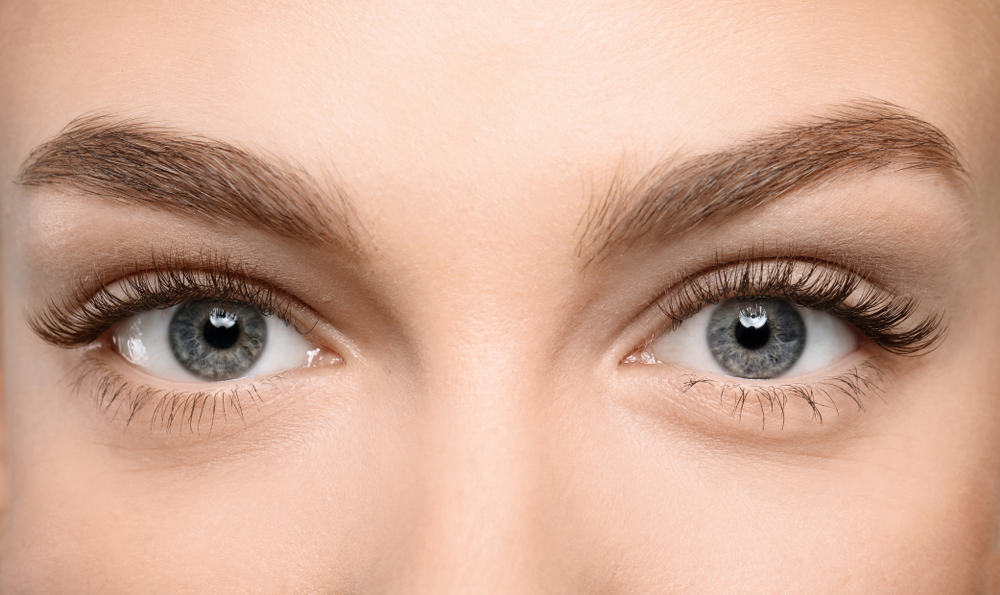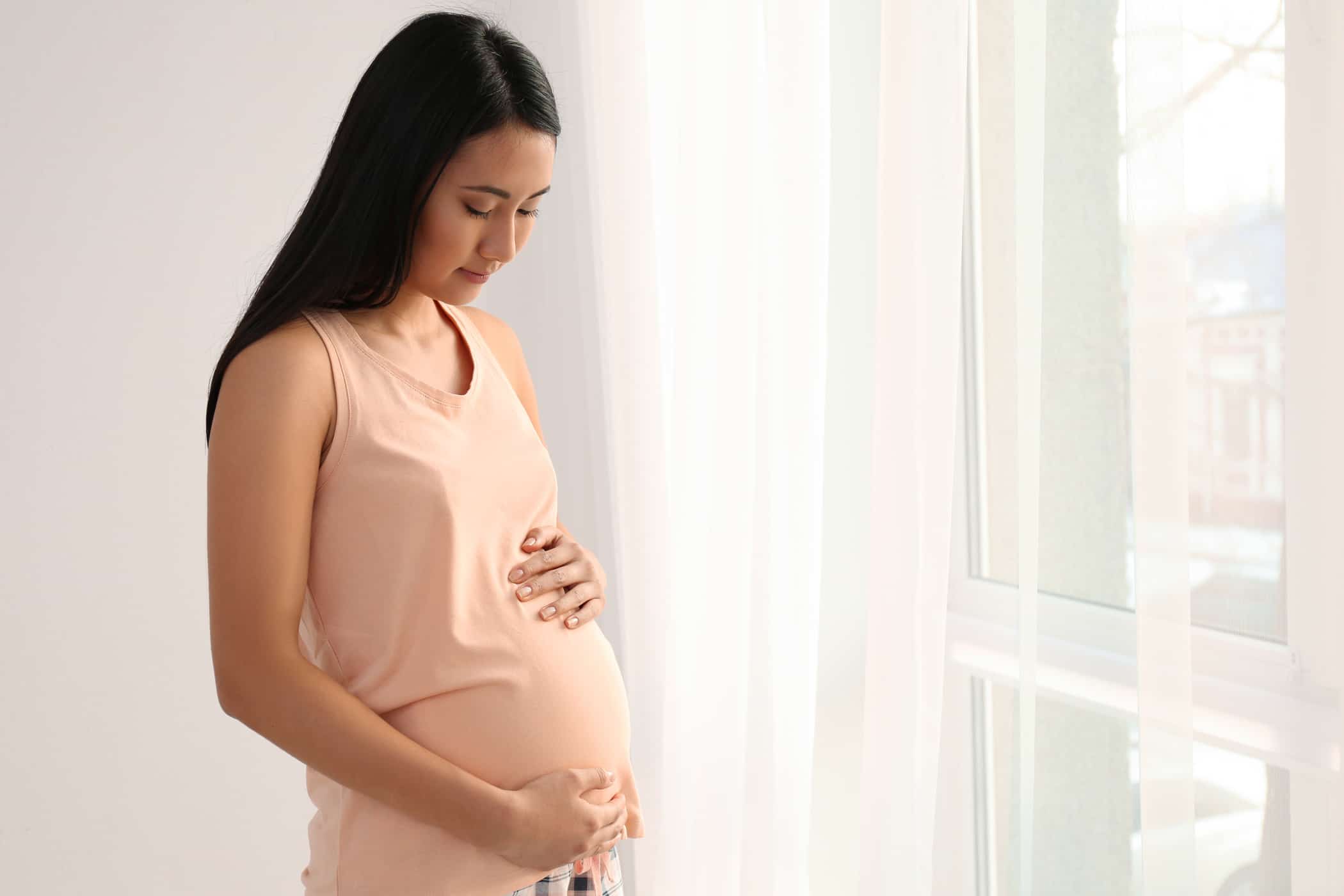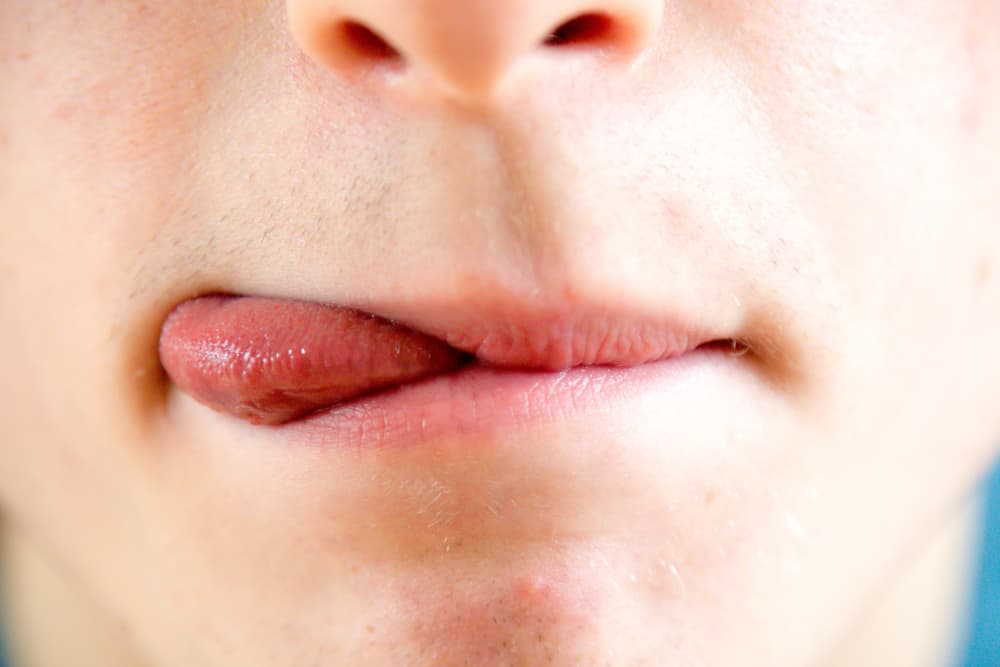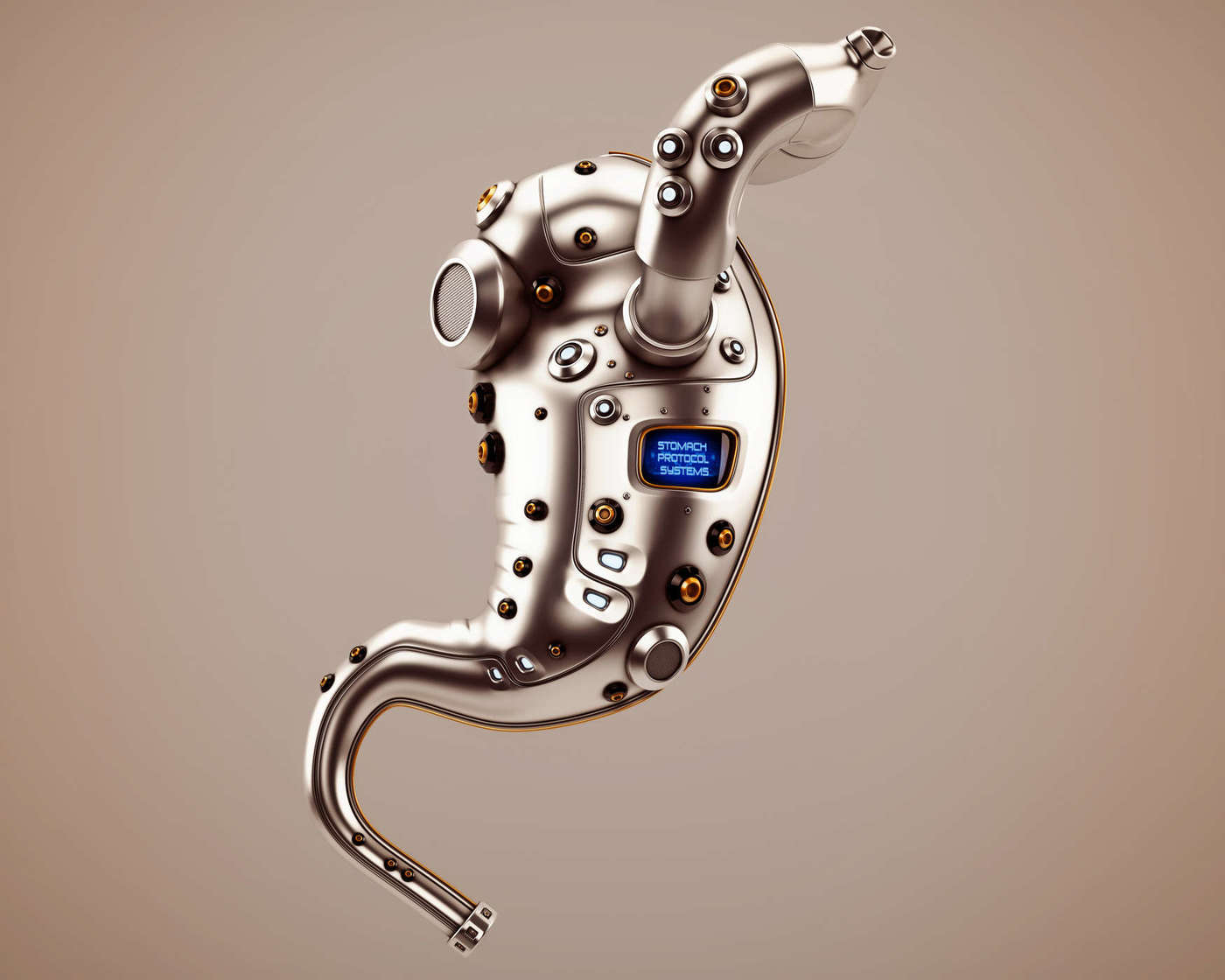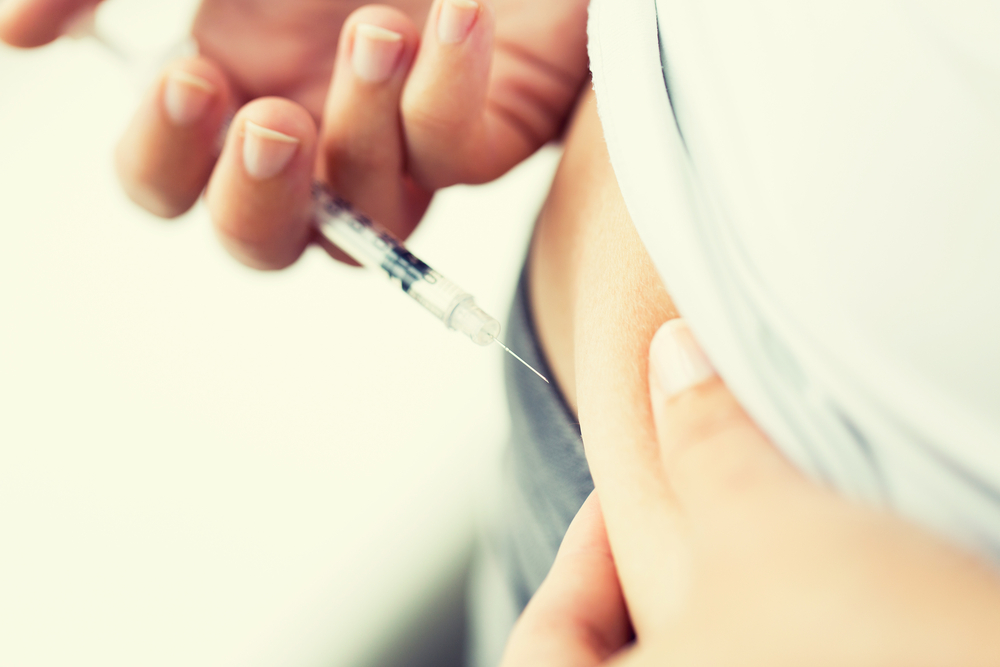Contents:
Medical Video: What To Do If Your Child Experiences Febrile Seizures
- Definition
What is a seizure with fever?
Febrile seizures are a type of seizure triggered by fever. This type of seizure is the most common of all types of seizures (usually occurs in 4 percent of children) and is usually not dangerous. Febrile seizures usually affect children between the ages of 6 months and 5 years. Most first seizures occur at the age of 3 years. The average temperature when a febrile seizure occurs is 40 degrees Celsius, although some cases occur at lower fever temperatures. Everyone has their own seizure threshold. For most children, the seizure threshold is 38-41 degrees Celsius so they do not experience febrile seizures. Fever can also be caused by infection in parts of the body, including ear infections or mild flu.
What are the signs and symptoms?
During seizures, they will be unconscious. Their eyes stare or rotate upward. Their arms and legs become stiff or cramped. Febrile seizures usually last for 1 to 10 minutes without treatment. Most of these children usually experience only one febrile seizure for the rest of their lives. But the other 40 percent must experience 1 to 3 times a febrile seizure in their lifetime. Recurrence sometimes occurs due to a mild fever (less than 37 degrees Celsius). Seizures usually stop when they are 5 or 6 years old.
You don't need to be afraid when you see your child having a seizure, because seizures do not cause brain damage or epilepsy. Sometimes a child will only get hurt if he falls during a seizure.
- How to handle
What should I do?
By lowering your child's fever as quickly as possible, you can shorten the seizure. Take out some of the clothes they use and attach cold washcloths to their foreheads and necks. If the seizure continues, wipe his body with a sponge soaked in cold water (but avoid using alcohol, because it can cause a coma). When the water evaporates, the temperature will immediately drop. Do not place your child in a bathtub because this can endanger them during a seizure.
When the seizure has stopped and your child is really conscious, give the right dose of acetaminophen or ibuprofen. Also forced them to drink cold fluids.
If there is something in your child's mouth, immediately remove it so that your child does not choke. Place your child on the side of his body or stomach (facing down) to help remove foreign objects or vomit. If he vomits, clean his mouth. If your child's breath sounds, pull their jaw and chin forward by placing your two fingers in the back corner of the jaw on each side (this will automatically point the tongue forward).
Common Mistakes in First Aid for Seizures
During a seizure, do not try to hold your child or stop the seizure. After starting, seizures will continue on their own no matter what you do. Don't try to make your child aware just because their breath pauses for 5 to 10 seconds. Instead, try to make sure their airway is not blocked. Don't try to force anything into your child's mouth because it can injure the mouth and teeth and cause vomiting, or your fingers get bitten. Don't try to hold your child's tongue.
Home Care After Children Have Fever Seizures
If your doctor agrees, give your child acetaminophen or ibuprofen for the next 48 hours (or longer if the fever persists).
Store some of the acetaminophen suppositories in your home just in case your child has one more day of febrile seizures (the dose is the same as a drinking drug). When your child is fully awake, you can give another febrifuge by mouth.
Give clothes or blankets made from light. Avoid covering your child with more than one blanket. Covering too thick during sleep can raise the temperature to 1 or 2 extra degrees.
Keep your child hydrated by giving plenty of fluids.
When do I have to see a doctor?
Contact your doctor immediately if a febrile seizure lasts more than 5 minutes. In all cases of febrile seizures, after the seizure stops, you should take your child to the nearest doctor or emergency room, and try to reduce fever. Wear your child light clothing and keep compressing cold washcloths on their foreheads. Seizures that last more than 30 minutes can be very dangerous.
Even if it's not as severe as the symptoms above, you still need to see a doctor if:
- Seizures occur again
- Stiff neck (note: the inability to attach the chin to the chest is an early symptom of meningitis)
- Your child feels depressed or delirious
- Your child is difficult to wake up
- You feel your child's condition is getting worse.
- Prevention
The only way to prevent seizures in the future is to give anticonvulsants to your child every day until they reach 3 or 4 years of age. Because anticonvulsants have side effects and febrile seizures are generally harmless, anticonvulsants are rarely prescribed again unless your child has other neurological problems. Your doctor will discuss this decision with you.
Febrile seizures usually occur on the first day of the disease. By preventing high fever, you can prevent febrile seizures. If your child has experienced seizures in the past, try to always control the fever. Start giving them acetaminophen or ibuprofen when your child has a fever (temperature over 38 ° C) and give it continuously for 48 hours. If your child has a fever at bedtime, wake him up once at night to give fever medicine.
Because fever can occur after DPT immunization, give acetaminophen or ibuprofen to your doctor after your child is immunized and give them the drug for at least 24 hours.



